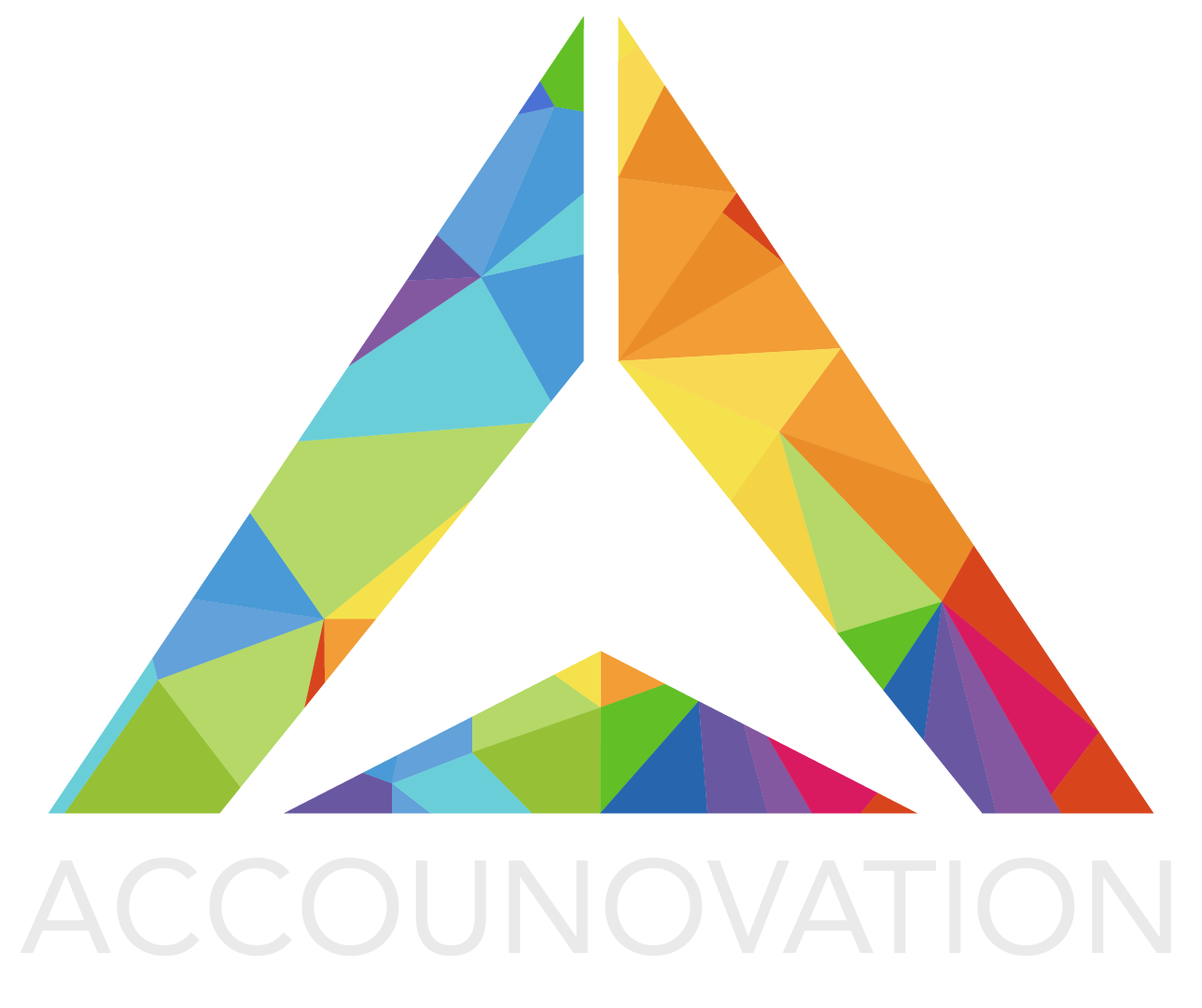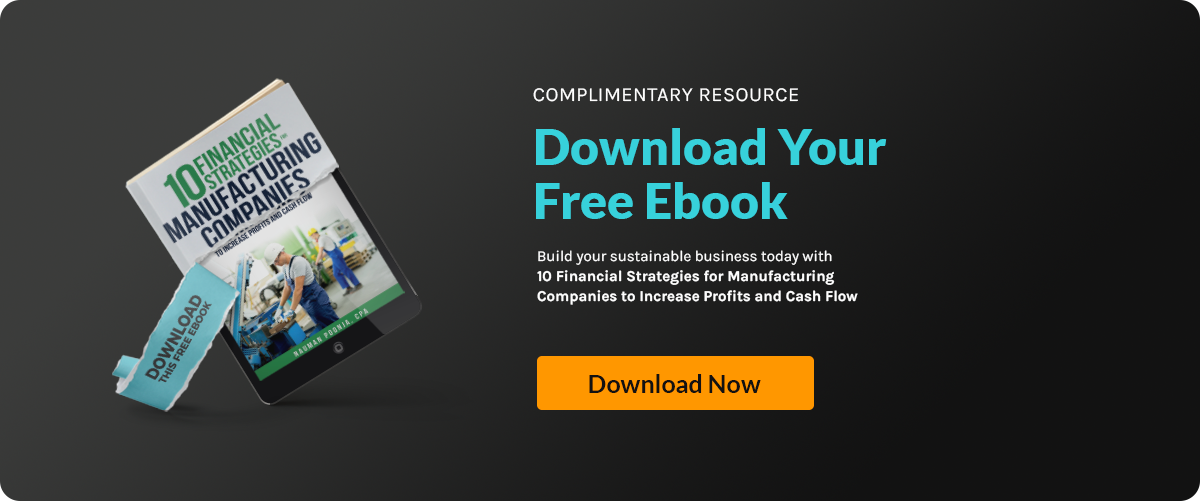Tips for Developing a Manufacturing Budget for Expansion

Expansion is exciting. Until the costs start piling up. Without a proper budget, what looks like an opportunity for growth can quickly become a financial burden. Equipment upgrades, hiring, and cash flow management. Everything needs to be accounted for, or you risk stalling your expansion before it even gets off the ground.
Building a strong budget is the key to making sure your expansion goes smoothly. A study shows that effective budgeting decisions such as smart investments in new equipment and assets streamline production and improve product quality, giving you a stronger competitive edge.
But a great budget does more than just keep spending in check. It acts as a roadmap, helping you allocate resources wisely, spot potential financial roadblocks before they trip you up, and set targets you can actually hit. By integrating accurate forecasting—think time series analysis or scenario planning—into your budgeting process, you can anticipate market shifts rather than react to them. For example, manufacturers who align their forecasts with budget assumptions can adjust production schedules in advance, leading to increased sales and happier customers.
When you build your budget with both precision and flexibility, you’re not just managing costs—you’re positioning your company to seize opportunities and weather surprises, all while maintaining profitability.
Whether you're planning major investments or preparing for potential hiccups, a well-thought-out budget sets the stage for success. Continue reading for essential tips that will help you stay on track.
Establishing the Foundation of Your Manufacturing Budget
The first thing manufacturers need to secure is a strong foundation. Without a solid plan in place, expansion can quickly derail. Before you dive into growth initiatives or new markets, it’s essential to outline key steps that will ensure operational efficiency and financial stability. Here’s a checklist to help guide you through this critical stage.
Gather Key Data to Inform Your Budget
Start with a deep dive into your numbers. Look at your business’s historical financial records to spot spending patterns and revenue trends. Don’t stop there—industry benchmarks and reports from sources like Deloitte or the National Association of Manufacturers can offer critical perspective on what’s normal (or exceptional) in your niche.
Pair these insights with current market trends and trusted forecasts to set realistic expectations for demand, costs, and growth opportunities. Gathering this mix of internal and external data means your budgeting assumptions are grounded in reality, not wishful thinking.
Set Clear Objectives
Start by pinpointing exactly what you hope to achieve with your expansion budget. Are you aiming to boost production speed with new machinery? Looking to reduce operating costs, break into new markets, or bump up your market share against the likes of global players like Siemens or ABB? Lay out both your short-term wins and long-term aspirations.
By being specific—think “increase throughput by 20% in 12 months” rather than “improve production”—you’ll create a concrete blueprint for your team to follow. Defining clear objectives early ensures every dollar you budget is pulling in the same direction as your overall growth strategy.
Get Stakeholder Buy-In
Don’t go it alone when finalizing your budget. Bringing key stakeholders—like senior management, finance teams, and department heads—into the review process does more than just tick a box. It ensures your budget reflects the real needs and realities of every part of your operation.
This collaborative approach aligns your expansion plans with your company’s broader goals, uncovers potential blind spots, and boosts confidence in your projections. With full support from your leadership team and stakeholders, your budget isn’t just a financial document—it becomes a strategic tool everyone believes in and stands behind.
Review Current Cash Flow
Take a detailed look at your cash flow statement. It helps better understand what’s coming in and going out. Knowing this is the only way to assess your real-time financial health and make adjustments as needed.
Identify Funding Sources
Determine where your business capital will come from. This could involve evaluating internal resources or securing new funding to support your expansion plans. It’s crucial to prioritize the sources that provide the most flexibility for your manufacturing operations.
Calculate Expected ROI for Expansion Projects
Estimate the return on investment for any expansion-related projects. Whether it’s investing in new machinery or entering new markets, you’ll need to project the potential income and ensure it outweighs the expansion costs.
Plan for Potential Market Fluctuations
You can’t control the market, but you can prepare for it. Include a buffer in your plan for unexpected costs or changes in supply chain management. Real-time data and KPIs will help you track and react to any shifts that could impact your production schedule.
Develop Realistic Budget Assumptions
Once you’ve outlined the basics, it’s time to ground your budget in reality with clear, data-driven assumptions. Start by analyzing your past financial performance—look at previous years’ operating costs, revenue patterns, and any seasonal swings unique to your manufacturing niche. Combine this historical data with current market trends, such as raw material price forecasts or changes in consumer demand.
When setting your budget assumptions:
- Be honest about potential risks. Price volatility, supply chain delays, and evolving regulations can all introduce unexpected expenses.
- Factor in industry benchmarks by consulting standard metrics published by trusted sources, like Gartner or Deloitte, to ensure your projections align with broader manufacturing trends.
- Build flexibility into your assumptions, allowing for quick adjustments if raw material prices spike or market conditions shift.
Staying realistic, yet cautiously optimistic, helps you prepare for both growth opportunities and the inevitable curveballs that come with expansion.
Budgeting & Forecasting for Manufacturers
A successful manufacturing budget starts with understanding the two main types of budgets you’ll work with: operational and capital.
Operational budgets handle the everyday essentials—employee wages, raw materials, utilities, and other recurring expenses. They keep your business running without interruptions. Capital budgets, on the other hand, focus on the big, long-term investments that can change your company’s future—like adding a new production line, installing advanced robotics, or expanding your facility. Keeping these categories separate helps you manage today’s costs while planning strategically for tomorrow’s growth.
But budgeting isn’t just about tracking numbers—it’s also about preparing for the unexpected. That’s where scenario planning comes in. Instead of relying on a single forecast, you map out multiple “what if” situations, such as sudden material price spikes or shifts in customer demand. This allows you to stress-test your budget and make adjustments before challenges arise, so you’re ready no matter what the market throws at you.
Another powerful tool is time series analysis, which uses historical data—like past sales, seasonal demand, or production levels—to identify trends and patterns. This data-driven approach helps you plan inventory, staffing, and purchasing more accurately, while also spotting early warning signs of potential slowdowns or cost increases.
When you combine these tools—clear budget categories, scenario planning, and time series analysis—you create a budgeting process that’s not only accurate but also resilient, giving your manufacturing business the confidence to grow sustainably.
Understand the Importance of Accurate Forecasting
Forecasting is your crystal ball—and in manufacturing, guessing won’t cut it. Precise forecasting helps you anticipate changes, allocate resources more efficiently, and keep your goals realistic. When you use real data—like historical sales trends and current market conditions—you’re not just hoping for the best. You’re actively planning for what’s likely to happen.
Manufacturing leaders often lean on methods such as time series analysis, which mines your historical data for patterns, as well as scenario planning, which imagines various “what if” cases. Both approaches let you peer around the corner and prepare for fluctuations in demand, raw material cost spikes, or sudden supply chain hiccups.
Why does this matter? When your forecasts sync up with your budget, you can quickly shift gears—ramping up production, scaling back to avoid overstock, or reallocating funds to support growth. Companies using these strategies have seen significant improvements, like faster response to market changes, smarter inventory management, and even double-digit sales growth. In short, a commitment to accurate forecasting can mean the difference between merely surviving and stealing a real march on your competition.
Planning for Equipment Investment in Your Budget
Now that you’ve established the foundation, it’s time to focus on equipment investment. Whether you’re planning to expand production capacity or upgrade your machinery, deciding between leasing and buying is a critical step. Each option has its benefits, but the right choice will depend on your projection for growth and the needs of your operations.
Here's a comparison of leasing vs. buying to help you choose what's best for your business:
|
Option |
Pros |
Cons |
|
Leasing |
Lower upfront expenses. It frees up cash on hand for other areas. |
Higher long-term costs due to ongoing payments. |
|
Flexibility to upgrade machinery without commitment. |
You never own the equipment, and you’ll pay over time. |
|
|
Ideal for short-term projects or when production volume may change. |
Might not fit long-term growth plans or overall production capacity. |
|
|
Buying |
You own the equipment, which adds value to the business. |
High upfront expenses that impact immediate cash flow. |
|
Potential tax benefits and asset depreciation. |
May lead to outdated equipment if production needs shift. |
|
|
Best suited for long-term use and stable production plans. |
Requires more resources for maintenance and repair. |
Key Considerations:
- Leasing can be helpful when you need to meet production demands quickly without a significant impact on cash flow. However, it often results in higher operational costs over time.
- Buying makes sense when you’re ready to make a long-term commitment to specific types of production equipment, and you want full ownership to grow your business steadily.
Make sure to evaluate both options for equipment investment based on your current resource planning and production timeline to avoid any inefficiencies.
Developing a Cash Flow Plan for Manufacturing Expansion
After deciding on your equipment investment, the next step is to focus on creating a detailed cash flow plan for your expansion. Expanding without a clear understanding of your incoming revenue and expenses can lead to inefficiencies or even halt production. A solid plan will help ensure your products are delivered on time, resources are managed effectively, and you avoid common production planning mistakes.
Here are the steps for creating a cash flow plan:
Step 1: Calculate Current Cash Flow Needs
Start by reviewing your financial statements. Look at the current inflow and outflow of cash within your business operations. This is critical to accurately estimate what you need to support your manufacturing process and avoid production planning mistakes that can affect your production lines.
Step 2: Forecast Additional Revenue from Expansion
Project how much additional revenue you expect to generate from the expansion. Use key performance indicators (KPIs) and sales and marketing projections to estimate the financial boost. This projection helps ensure you’re planning as efficiently as possible.
Step 3: Allocate Funds for Fixed and Variable Costs
Separate your fixed costs (like equipment or salary) from your variable ones. Fixed costs are predictable, while variable expenses may involve changes in production tasks or shifts in production volume. Allocating funds for both types of expenses related to your expansion keeps your plan on track.
Step 4: Plan for Unexpected Expenses
Always include a buffer for unexpected costs, whether related to resource planning or supply chain disruptions. You’ll need to estimate possible areas that may lead to inefficiencies in your cash flow plan. This step is often used when manufacturing a single product or entering a new market.
Optimization Method of Budgeting Long-Term
Once your cash flow plan is in place, the next step is to focus on optimizing your budgeting for the long term. Expanding a manufacturing business without considering the future can lead to inefficiencies. By using the right optimization methods, you can not only manage your resources better but also improve overall efficiency in the process. Below are some approaches that can benefit manufacturers in the long run.
Option 1. Zero-Based Budgeting
Every department starts from zero each year, and expenses are justified from the ground up. This method forces your production manager and team to evaluate every expense carefully. It helps control unnecessary spending and ensures all resources are used as efficiently as possible. Zero-based budgeting can lead to significant cost savings over time, as you only allocate funds where they are truly needed.
Option 2. Activity-Based Budgeting
Funds are allocated based on the activities that drive your production process. By focusing on specific activities within production planning and scheduling, you’re able to allocate resources more effectively. This optimization method of budgeting allows you to prioritize areas with the most significant impact, leading to improved overall efficiency and ensuring that products are delivered on time.
To put this into practice, assign resources—both financial and human—to each activity or strategy. Carefully budget for equipment, materials, labor, and any other necessary expenses tied to each specific task. This targeted approach helps prevent waste and ensures every dollar and hour is spent where it matters most.
Option 3. Incremental Budgeting
Each year's budget builds on the previous year, adjusting for changes like inflation and labor costs. This method is straightforward and easy to implement. It’s often used when a manufacturing company wants to maintain a stable production floor without making drastic changes. Incremental budgeting is useful for companies that prefer steady growth, as it allows for predictable expenses and the ability to plan production and research and development without surprises.
Option 4. Flexible Budgeting
Budget adjusts according to changes in production volume or business performance. Flexible budgeting is ideal for businesses facing fluctuating demand or variable production timelines. It gives you the ability to make real-time adjustments to your expenses based on production control tools or incoming receivables. This method is especially useful in mass production methods or batch production, where production planning mistakes could lead to inefficiencies if not adjusted quickly.
Option 5. Rolling Budgeting
A continuous budget that is updated regularly, keeping a rolling 12-month outlook. Rolling budgeting allows manufacturing companies to stay agile, making adjustments based on real-time data and metrics. This optimization method of budgeting keeps your plan aligned with the current market, reducing risks associated with sudden market shifts or resource shortages. It’s particularly useful when you need to determine how to manage resources and manufacturing operations efficiently.
Let’s Streamline Your Financial Processes
Managing your budget for expansion can be overwhelming, especially when unexpected expenses arise or long-term planning feels uncertain. With the right strategies in place, you can optimize your financial processes and ensure steady growth for your manufacturing operations.
At Accounovation, we specialize in helping manufacturing companies gain full control over their financial health. We offer tailored solutions to improve resource allocation, increase operational efficiency, and maximize cost savings. Our expert team will work with you to create a detailed plan that ensures your financial stability, whether you're upgrading equipment or expanding into new markets.
Ready to streamline your financial processes? Contact Accounovation today!







